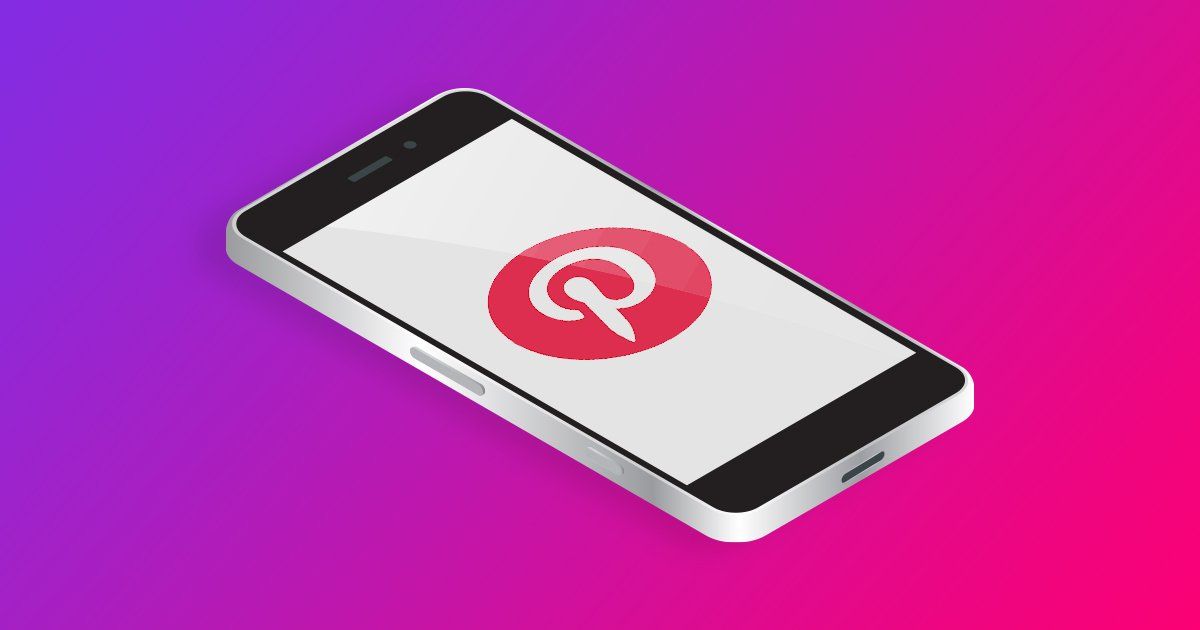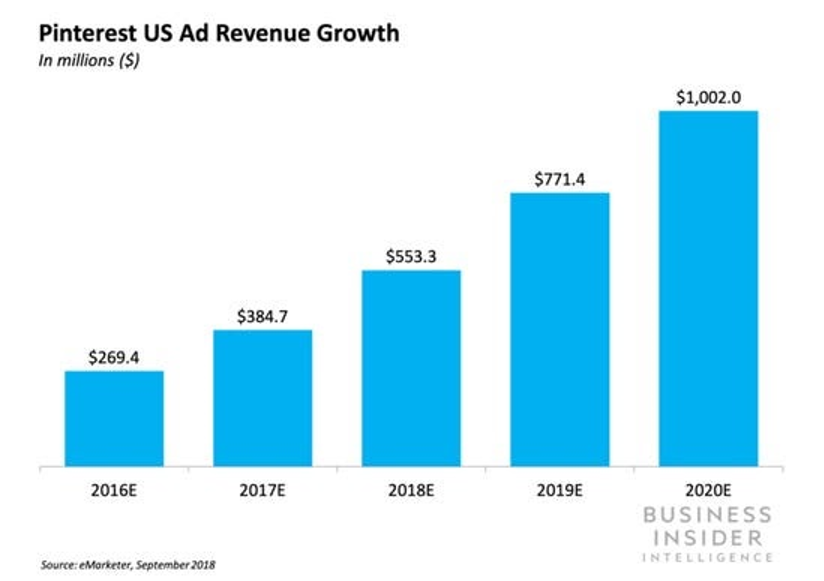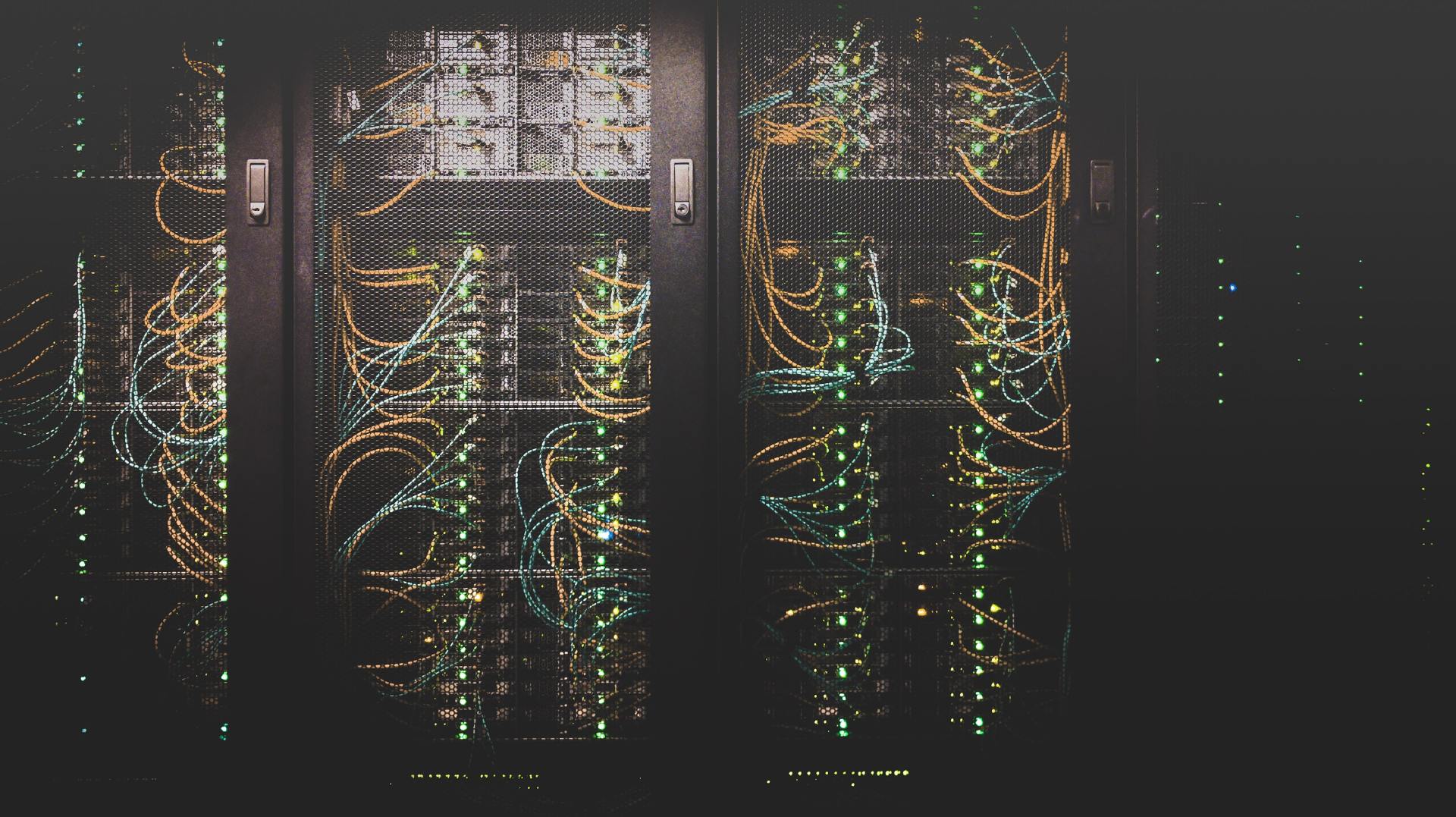Ending invalid clicks on your Pinterest campaigns
Jonathan Marciano
|Marketing | July 19, 2020

When people come to Pinterest, they’re looking for inspiration—freshening up home decor, a weeknight pasta dish, to wedding ideas—and because they’re in such a specific mindset, they’re open to hearing from brands.
In setting out its advertising plans during its IPO in 2019, Pinterest outlined its “inspiration” mindset. The company’s SEC filing stated: “Advertisers are in the business of inspiration. On Pinterest, businesses have the opportunity to showcase their products and services in an inspiring, creative environment.” Pinterest has rolled out more advertising options as it has grown, starting with the top-of-the-funnel activity, including brand awareness (CPM) and driving traffic or app installs (CPM), with keyword and interest group targeting.
Through Pinterest Ads Manager, brands can create launch and test pay-per-click (PPC) ads based on your requirement for the campaign: brand awareness, video views, traffic or app installs. Latterly it has also taken a journey down to funnel with conversion campaigns. This helps you drive actions on your website, tracked by the Pinterest tag (tracking users from Pinterest to your website) used with your Checkout, Signup, Lead, or Add to Cart customer actions. It offers innovation such as Pinterest Lens: if you see something you love offline—like a modern Danish chair at a friend’s house—you can snap a photo of it with your Pinterest app, and Pinterest will help you find it—and buy it—online.
Invalid clicks on Pinterest
However, Pinterest also suggested in its SEC filing that “our advertising revenue could be harmed by many other factors”. This includes the general challenges facing platforms (such as “changes in demographics that make us less attractive to advertisers).” The company also points out the potential damage caused by “the impact of invalid clicks or click fraud on our advertisements.” Invalid clicks refer to an action whereby your paid link is clicked on either accidentally, via an automated system or on purpose, sometimes maliciously. An invalid click typically involves activity and clicks by bots.
Since CHEQ launched, protecting campaigns (from Google Ads to Facebook, LinkedIn, or Pinterest), brands and agencies approach us to protect their Pinterest advertising from invalid clicks., Of course, Pinterest is generally known as a “safe platform” (Pinterest Is a Unicorn. It Just Doesn’t Act Like One wrote a typical New York Times headline” in 2019). In the words of Pinterest CMO, Andréa Mallard: “Pinterest isn’t perfect, but we are willing to make the hard choices that keep us aligned with our values. For example, we don’t serve political campaign ads. We don’t allow clickbait. We don’t allow ads that imply outrageous or dangerous results, like “miracle” weight loss solutions. And when you search vaccine-related terms on Pinterest, we only serve results from reliable sources, like the American Academy of Pediatrics and the World Health Organization.”
However, wherever any platform serves online adverts, despite the best intentions, it is acknowledged there will be some level of fraud or invalid clicks. Pinterest is estimated to reach $1 billion in advertising revenue in 2020, according to eMarketer, and like any other platform bringing in money, will always be attractive to bad actors. One agency working with a top CPG brand, approached CHEQ after seeing “volatile” traffic across their spend of $250,000 a month on the platform. He says: “Whatever we can do to cut out this invalid traffic is important, as we should not be paying for bots.” Another Reddit user used heat map technology which appeared to suggest invalid bot-like activity on a campaign. Others have found a challenge of retargeting bots in retargeting campaigns.
Sources of Invalid Clicks
Data center traffic
Based on the invalid clicks we see, the most common invalid clicks on Pinterest is “data center traffic”. This is common in any online advertising ecosystem and, of course, not reserved only for Pinterest campaigns. The weaponization of data centers is notorious, with almost three-quarters of bad bot traffic arriving from data centers. The online advertising watchdog, the MRC, requires in its 2020 guidance that best practice involves impression-level granularity infiltration of invalid data center traffic. In the words of the MRC, your provider should provide “filtration of IPs within those of known hosting entities determined to be a consistent source of non-human traffic; not including routing artifacts of legitimate users or virtual machine legitimate browsing.”
User Agent Analysis
The other source of invalid Pinterest traffic identified by CHEQ is based on user agent analysis. This involves methods to find mismatch between a declared user agent and actual user agent. (The user agent is software that is acting on behalf of a user, such as a web browser).
With CHEQ, bot traffic is sent to an audience pool and excluded from your paid media campaign. Using a combination of AI and cybersecurity knowhow (CHEQ was founded by the Israeli elite military cybersecurity unit, 8200) the CHEQ algorithm deploys more than 1000 bot traps to filter out bad traffic, also sieving out fake accounts which may click. It keeps learning what is human traffic, and what is not. There is complete transparency around the decision-making process about what to exclude.
Conclusion
The commonsense advice for any PPC campaign is that, since you are paying for each click, you do not want just anyone to click. This is why protecting against invalid or non-human clicks is so crucial. Pinterest is only getting started with advertising and is already proving a powerful attraction. Research commissioned by Pinterest shows just how valuable its “inspiration” advertising model is to brands. In the study, participating retail brands saw a 2x higher return on ad spend from Pinterest than from social media and a 1.3x higher return than from traditional search. Indeed, Mary Lumley, a conversion-focused Pinterest marketer, who runs campaigns on Pinterest for brands, told us: “One of the main benefits of paid campaigns on Pinterest, compared to other platforms, is that the pins continue to drive traffic organically to your website even after the campaign has ended. If a pin remains relevant after initial promotion and continues to generate engagement, then the algorithm is likely to show it to Pinners over a long period. This is particularly interesting for evergreen content, which is practically timeless on Pinterest. Compare this to around 6 or 48 hours respectively on Facebook or Instagram.”
Pinterest appeals to human inspiration, dreams, beauty, and positivity and gives advertisers the keys to that kingdom. It is even more important in using Pinterest that no money is wasted targeting non-human traffic. Ultimately bots do not need inspiration, renovate their homes, or plan weddings.
P.S.
Want to protect your sites and ads? Click here to Request a Demo.















